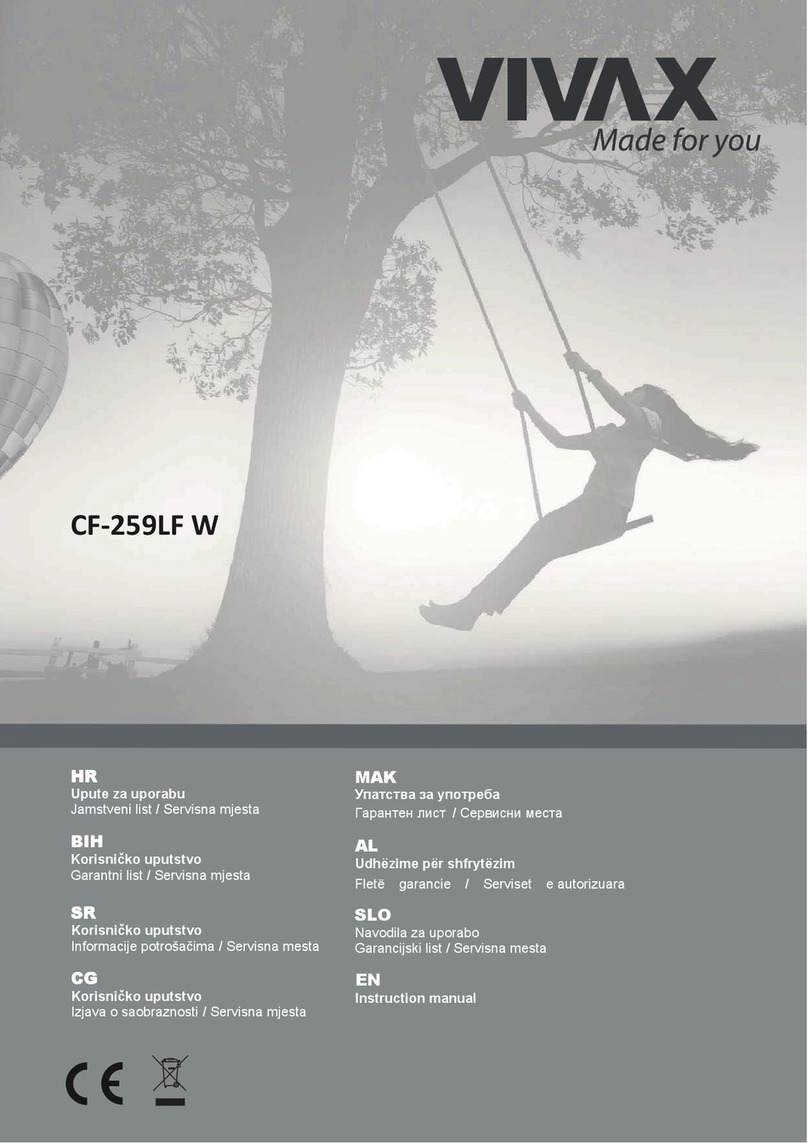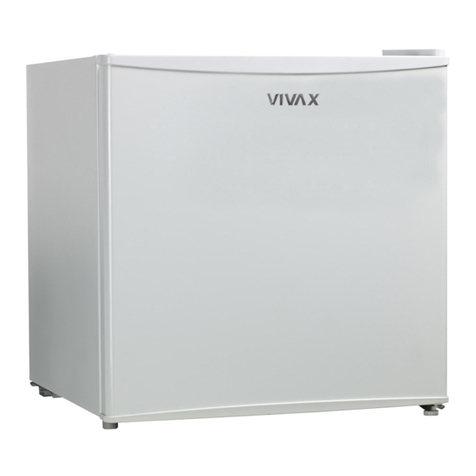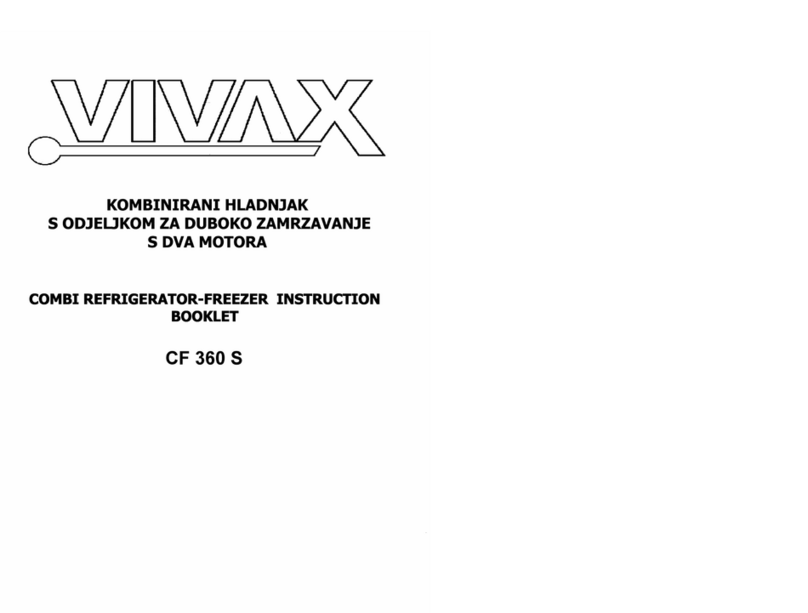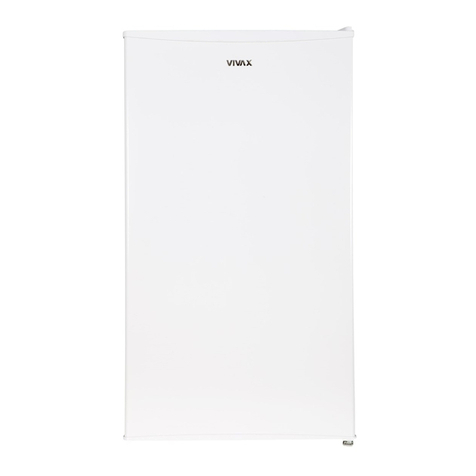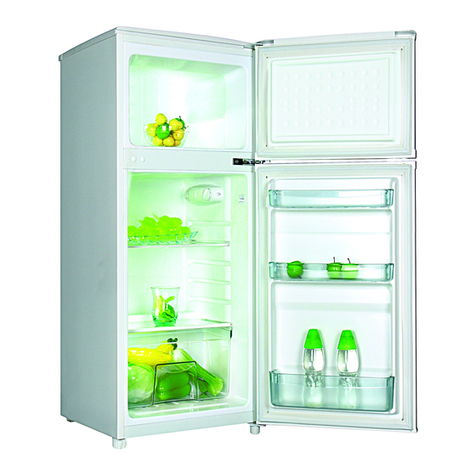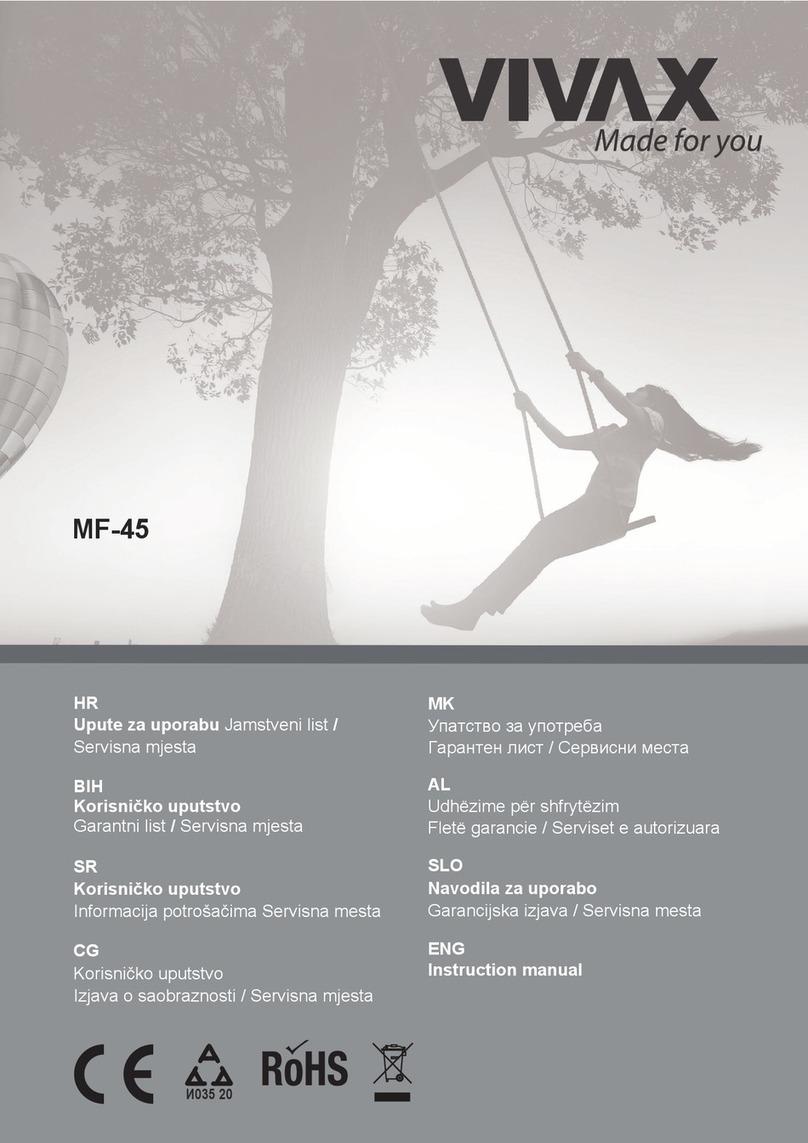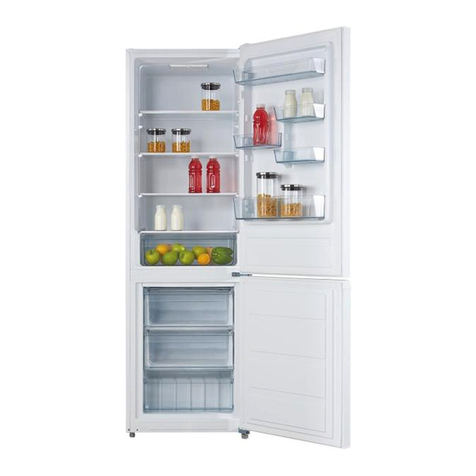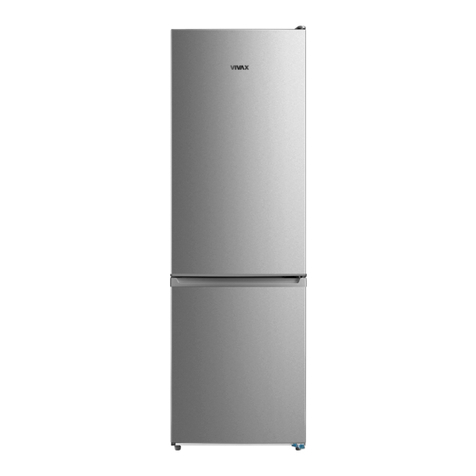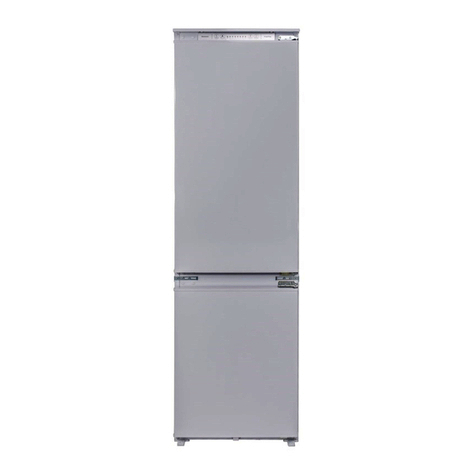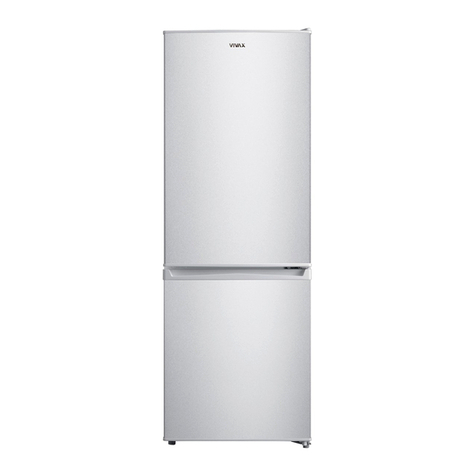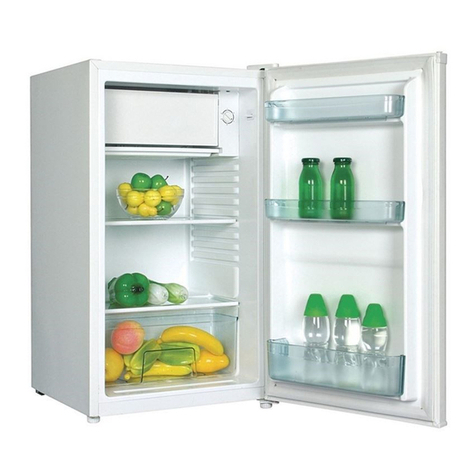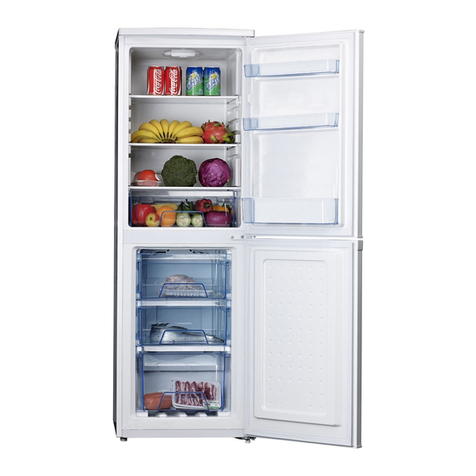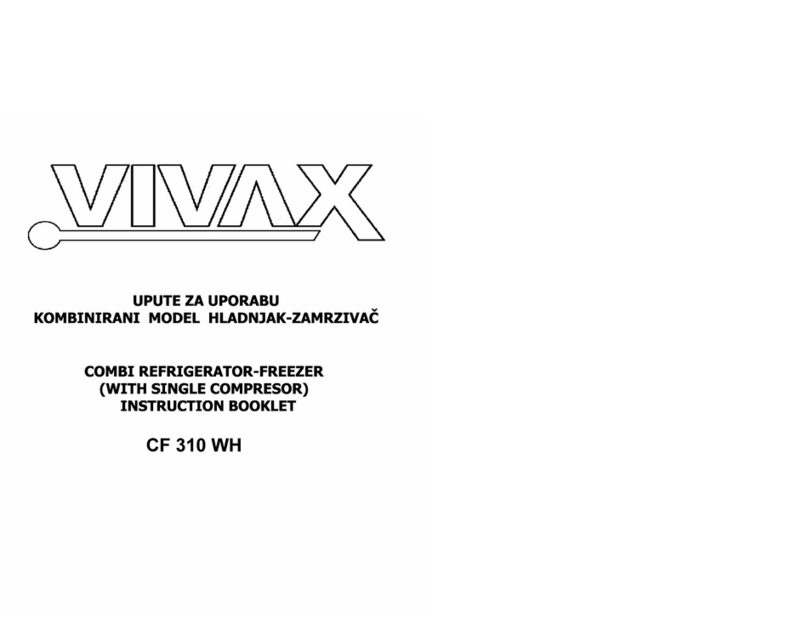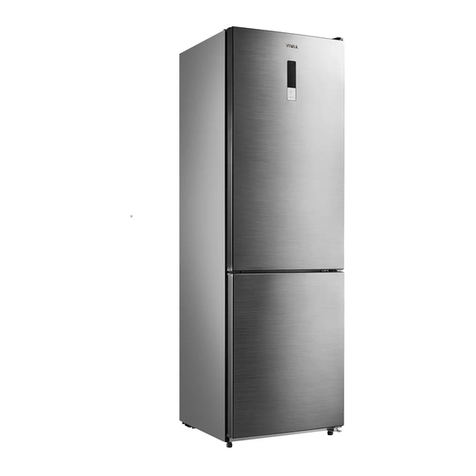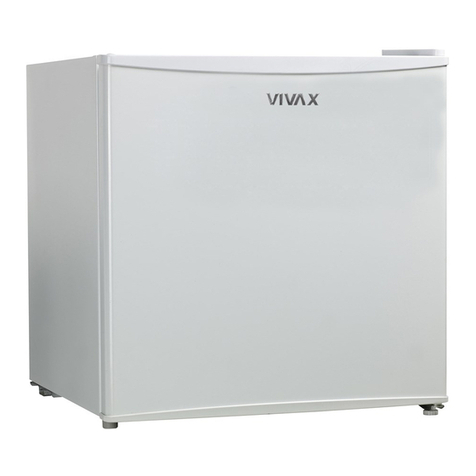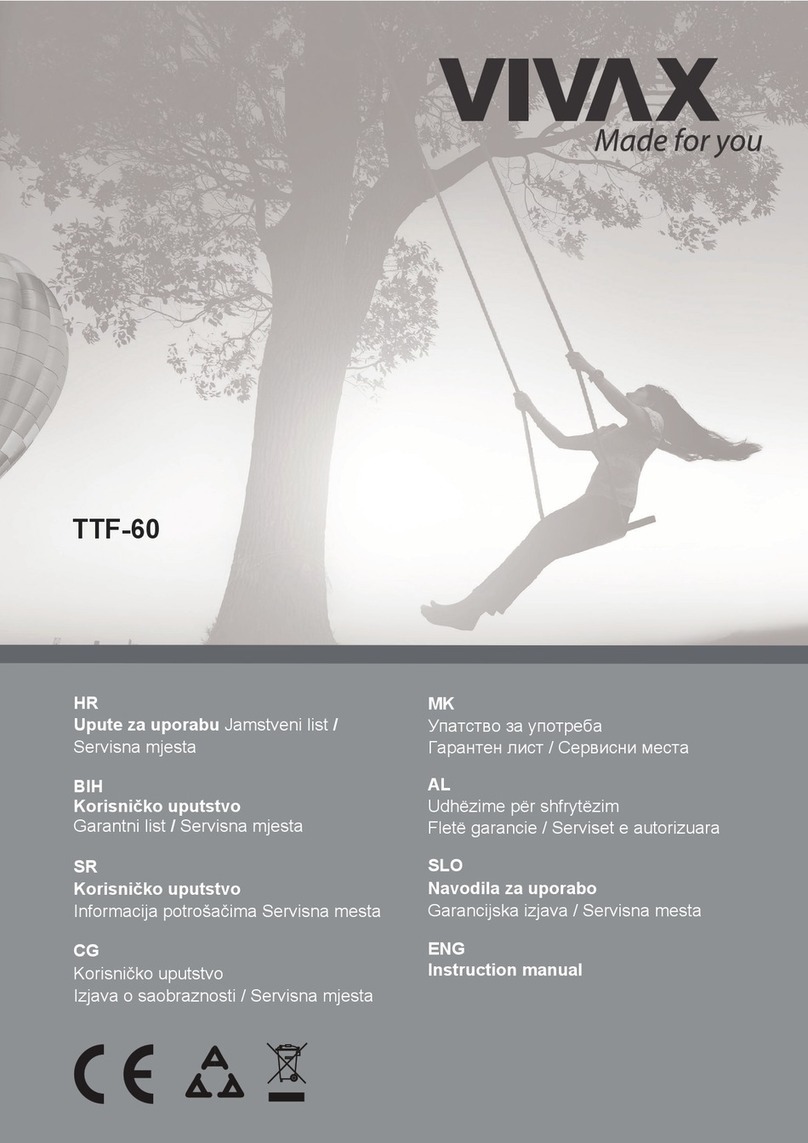
DA i NE
Da - Držati sirovo meso i perad ispod kuhane hrane i mliječnih proizvoda.
Da -Ostaviti salatu, kupus, peršin i cvjetaču na stabljici.
Da -Prvo zamotajte sir u papir otporan na masnoću, zatim stavite u plastičnu
vrećicu, istiskujući zrak što je više moguće. Za najbolje rezultate, izvadite iz hladnjaka
sat vremena prije jela.
Da -Zamotajte sirovo meso i piletinu labavo u plastičnu ili aluminijsku foliju. Ovo
sprječava isušivanje.
Da –Zamotajte ribu i iznutrice u plastične vrećice.
Da -Zamotajte hranu s jakim mirisom ili onu koja se može osušiti u plastične vrećice
ili aluminijsku foliju ili u hermetičke posude.
Da –Dobro zamotajte kruh kako bi ostao svjež
Da –Ohladite bijela vina, pivo, i mineralnu vodu prije posluživanja.
Da –Provjerite sadržaj odjeljka s niskom temperaturom svako toliko.
Da - Držite hranu što je manje vremena moguće i pridržavajte se "upotrijebiti
najbolje do" i ‘upotrijebiti’ i sl. datuma.
Da –Pohranite kupovnu hranu u skladu s uputama na pakiranju.
Da -Uvijek izaberite kvalitetnu svježu hranu i budite sigurni da je temeljito očistite
prije skladištenja.
Da -Zamotajte svu hranu u aluminijsku foliju ili kvalitetne plastične vrećice i
provjerite da je zrak istisnut.
Da –Držite ventilacijske otvore u uređaju ograđenima od ometanja.
Da –Pobrinite se da smrznutoj hrani ne poraste temperatura tijekom odmrzavanja
hladnjaka, porast temperature tijekom odleđivanja može skratiti vijek skladištenja.
Ne –Pokriti police nikakvim zaštitnim materijalom koji može ometati protok zraka.
Ne-Skladištiti otrovne ili bilo kakve opasne supstance u vašem hladnjaku Namjenjen
je za pohranu samo jestivih namirnica.
Ne –Konzumirati hranu koja je bila zamrznuta prekomjernu duljinu vremena..
Ne –Skladištiti kuhanu i svježu hranu skupa u isti spremnik. Trebala bi biti zapakirana
i spremljena odvojeno.
Ne –Pustiti da odmrznuta hrana ili sokovi hrane kapaju na već skladištenu hranu
Ne - Ostaviti vrata otvorena dulje vrijeme, jer to će učiniti rad uređaja skupljim i
izazvati prekomjerno stvaranje leda.
Ne –Koristiti oštre šiljaste predmete kao što su noževi ili viljuške za uklanjanje leda
Ne –Nikad ne koristite sušila za kosu ili električne aparate za odmrzavanje, koristite
samo predmete koje je preporučio proizvođač
Ne –Stavljati vruću hranu u uređaj. Pustiti prvo da se ohladi.
Ne –Staviti boce s tekućinom ili limenke s gaziranim pićem u zamrzivač, jer mogu
puknuti
Ne –Davati djeci sladoled i ledene štapiće izravno iz zamrzivača. Niska temperatura
može prouzročiti ‘ledene’ opekline na usnama.
Ne –Pokušati zadržati smrznutu hranu koja je otopljena; Treba je pojesti unutar 24
sata ili skuhati i ponovno zamrznuti.
Ne –Oštetiti rashladni krug u bilo koje vrijeme.
7
